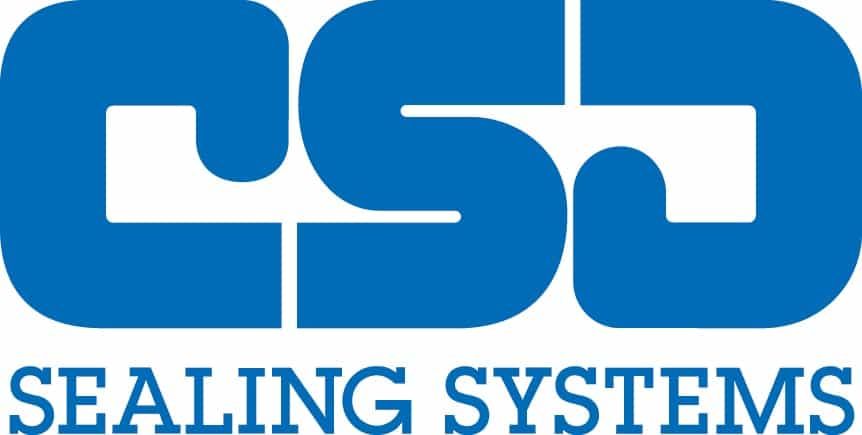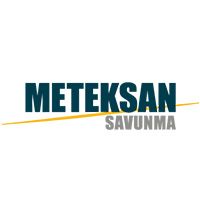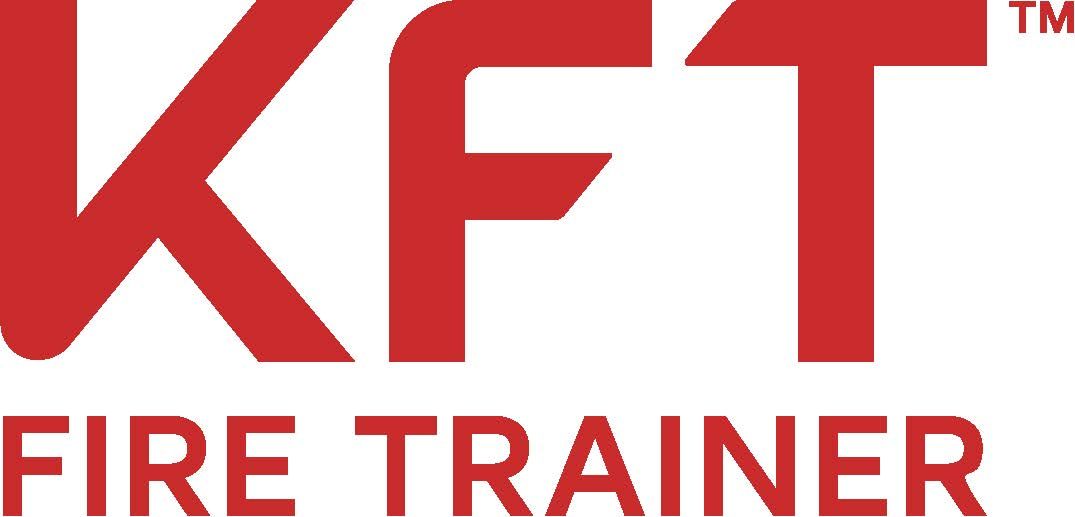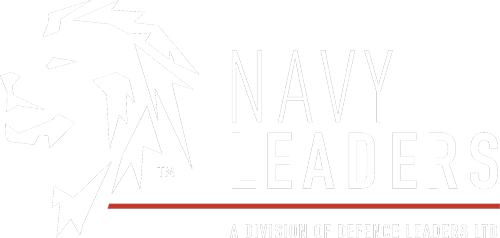To view the full and latest agenda including all session points please click below
08:00
-
60 mins
08:50
-
10 mins
09:00
-
25 mins
09:25
-
25 mins
Delivered by Artic Containers

09:50
-
25 mins
10:15
-
45 mins
11:00
-
25 mins
11:25
-
25 mins
Delivered by CSD Sealing Systems

11:50
-
25 mins
12:15
-
75 mins
13:30
-
25 mins
13:55
-
25 mins
Delivered by Minimax Fire Solutions International

14:20
-
25 mins
14:45
-
45 mins
15:30
-
25 mins
15:55
-
25 mins
Delivered by VID Fire-kill

16:20
-
25 mins
16:45
-
15 mins
17:00
-
120 mins
Sponsored by BAE Systems

08:00
-
60 mins
08:50
-
10 mins
09:00
-
25 mins
09:25
-
25 mins
Delivered by Meteksan Defence Industries

09:50
-
25 mins
10:15
-
45 mins
11:00
-
25 mins
Delivered by FLAIM Systems

11:25
-
25 mins
11:50
-
25 mins
Delivered by KFT Fire Trainer

12:15
-
25 mins
12:40
-
75 mins
13:55
-
25 mins
14:20
-
25 mins
Hosted by Miko Marine

14:45
-
25 mins
15:10
-
45 mins
15:55
-
25 mins
16:20
-
25 mins
Delivered by IRISS Inc

16:45
-
25 mins
17:10
-
15 mins
17:25
-
95 mins
08:00
-
60 mins
08:50
-
10 mins
09:25
-
25 mins
Delivered by QinetiQ

09:50
-
25 mins
10:15
-
45 mins
11:00
-
25 mins
11:25
-
25 mins
Delivered by TNO

11:50
-
25 mins
12:15
-
60 mins
13:15
-
60 mins

)
)

)
)
)
)
)
)

)
)
)
)
)
)
)
)
)
)
)
)
)
)
)
-John.jpg/fit-in/120x9999/filters:no_upscale())
)
)
)
)
)
)
)
)
